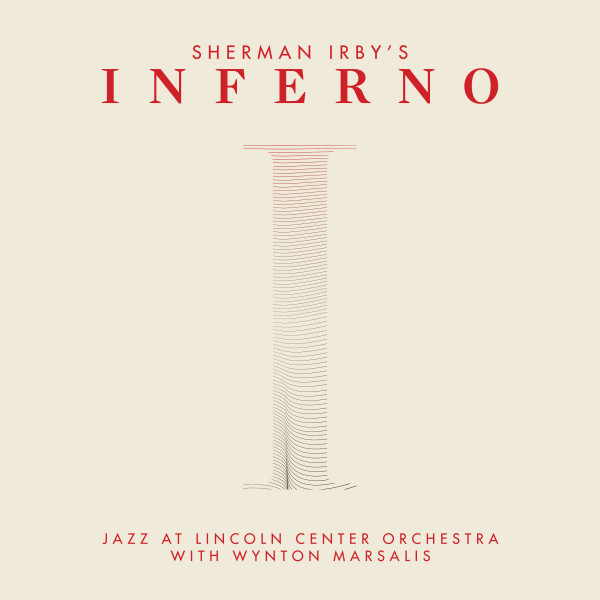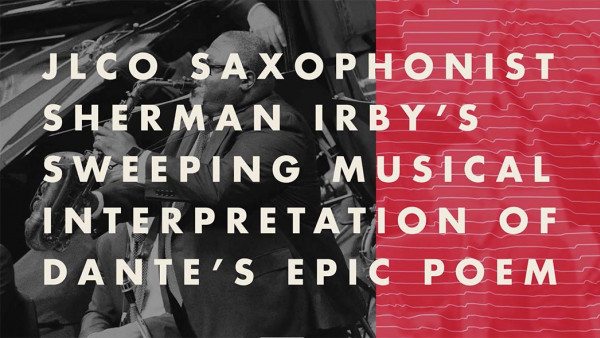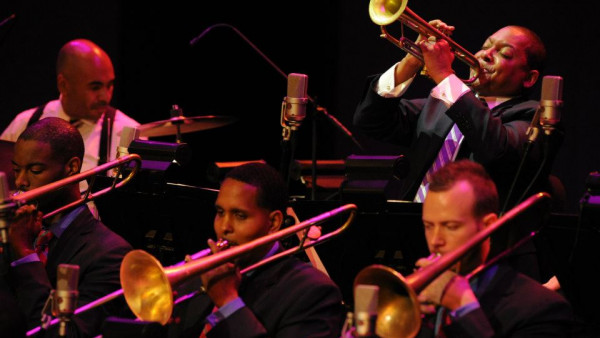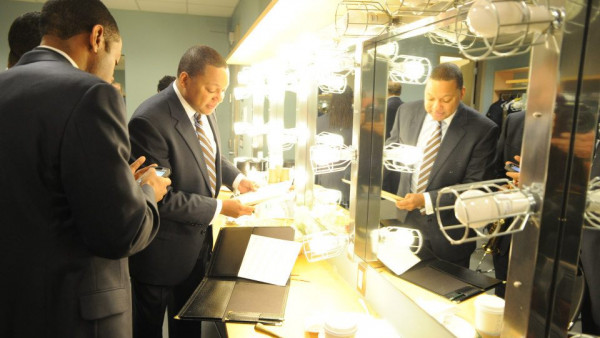Letting Jazz Have a Turn Interpreting the Poets
Jazz at Lincoln Center did something really self-assured last week. It presented two major large-ensemble pieces by members of its orchestra, neither very well known as composers, for a three-night run at the Rose Theater: “God’s Trombones,” by the trombonist Chris Crenshaw, and “Inferno,” by the saxophonist Sherman Irby.
Each was about the length of an LP and based on a book of poetry. “God’s Trombones” drew on the 1927 work of the same name by James Weldon Johnson, seven connected poems using the rhetoric of the black American church service; “Inferno” drew on Dante. As suites, and in some aspects of arrangement and harmony, they contained the spirit and substance of Duke Ellington. But in other ways they embodied what we can call the Jazz at Lincoln Center impulse: be ambitious, be noble, be narrative, be permanent.
Jazz at Lincoln Center generates new works all the time, sort of, in the form of rearranged repertory from jazz’s past. But once in a while it encourages orchestra members other than Wynton Marsalis, its artistic director, to aim very high. Past examples have set the course: the trombonist Wycliffe Gordon’s “Body and Soul,” written in 2000 as a score for the Oscar Micheaux silent film; “Chivalrous Misdemeanors,” from 2005, based on “Don Quixote” and written by another trombonist, Ron Westray; and the saxophonist Ted Nash’s 2007 “Portrait in Seven Shades,” based on paintings from the Museum of Modern Art.
You get the point. It’s a preservationist institution but not an isolationist one. It wants to let jazz run with the other canons.
Both pieces, heard on Friday in their second night, were tight, sharply played, and full of varied and contrasting sounds: sections of unaccompanied solos, duos, quartets, brass alone, the whole 15-piece orchestra. Mr. Irby’s also used about a dozen dancers, choreographed by Hope Boykin; they included a Dante figure, a Virgil figure and a group with uniform masks and costumes, enacting lust, heresy or whatever brought them to their circle of hell.
The more intricate parts of Mr. Irby’s piece shuttled among influences: Ellington, later Count Basie, maybe Quincy Jones. As the narrative traveled through the underworld it introduced short stretches that sounded film- and literal-minded, in a 1960s kind of way. (For the sixth circle the scales went Middle Eastern, and the saxophonist Walter Blanding Jr. played an oboe to get the culturally appropriate double-reed sound.) But the most energizing music may have been in solos over more standard forms, including those by Mr. Irby on alto saxophone and Mr. Marsalis on trumpet: fast, grainy, expressive.
Mr. Crenshaw’s piece hit much harder, though he may have had the conceptual edge before he set down a note. Johnson wrote, in his preface to “God’s Trombones,” that the trombone was “the instrument possessing above all others the power to express the wide and varied range of emotions encompassed by the human voice”; Mr. Crenshaw’s own playing, chatty or articulate or clarion, can make that argument, too. It bore some of the same influences as Mr. Irby’s piece — you’re not going to get too far away from Ellington and Basie with this band — but gospel rooted it, and centered it, all the way through.
The opening used the band’s three trombones alone, with foot stomps; it turned into call-and-response patterns with all the horn players, and the responses were not composed, so that you heard real polyphony, the sound of loose assembly. That went on for about five minutes and already started drawing cheers; you sensed a composer choosing to give the listener the sound of freedom and pleasure.
But then the piece whipped ahead with amazing concision. It ran through slow ballad tempos; an excellent muted-trumpet solo by Marcus Printup, and another by Mr. Marsalis, pushing multiple languages through his horn (abstract shapes, melodic improvising, cackling, repetition); powerfully scripted dissonance; long, symphonic full-orchestra chords; and a fine and fast drum-and-trombone battle by Ali Jackson and Elliot Mason.
In between sections Mr. Crenshaw gave poetic readings, at which he is good, and sang, at which he is even better. It seemed he’d successfully merged with his source: he made the poem about his music, his instrument and in some sense about himself.
by Ben Ratliff
Source: The New York Times





